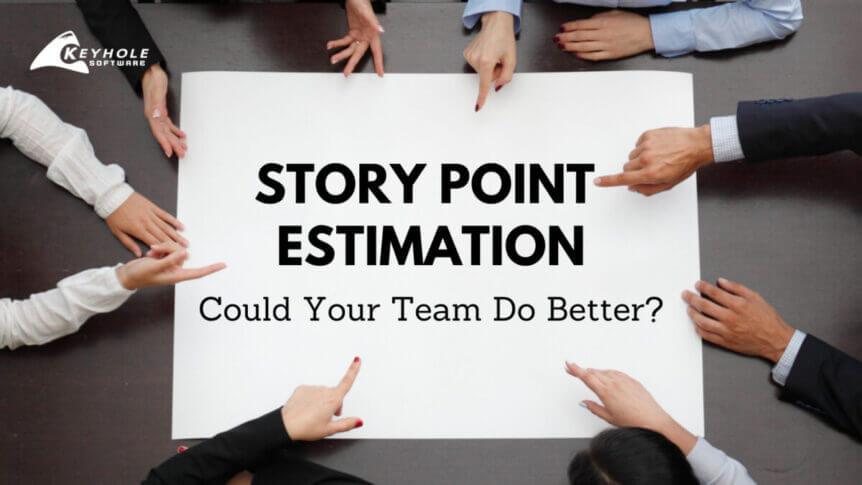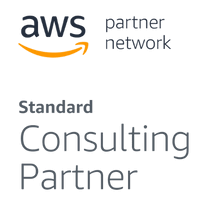For several years, I have been a lead software engineer for one of Keyhole’s clients. More recently in the last year, they started a journey to implement SAFe (Scaled Agile Framework) methodologies and practices. If you are new to or have not heard of SAFe, this short, three-part blog series will give you the perfect launch pad.
In Part I (this post), I’ll give a high-level overview and then we’ll walk through SAFe’s four core values. In Part II, we’ll dive into its ten core principles. In the final installment (Part III), we’ll discuss the benefits and drawbacks and then we’ll get a bit more practical. I’ll teach you how it can be used for small teams, some key points a developer should know, and some considerations for if SAFe is right for your organization and teams.










